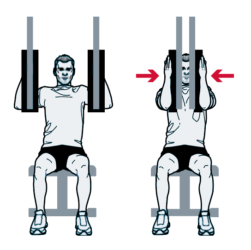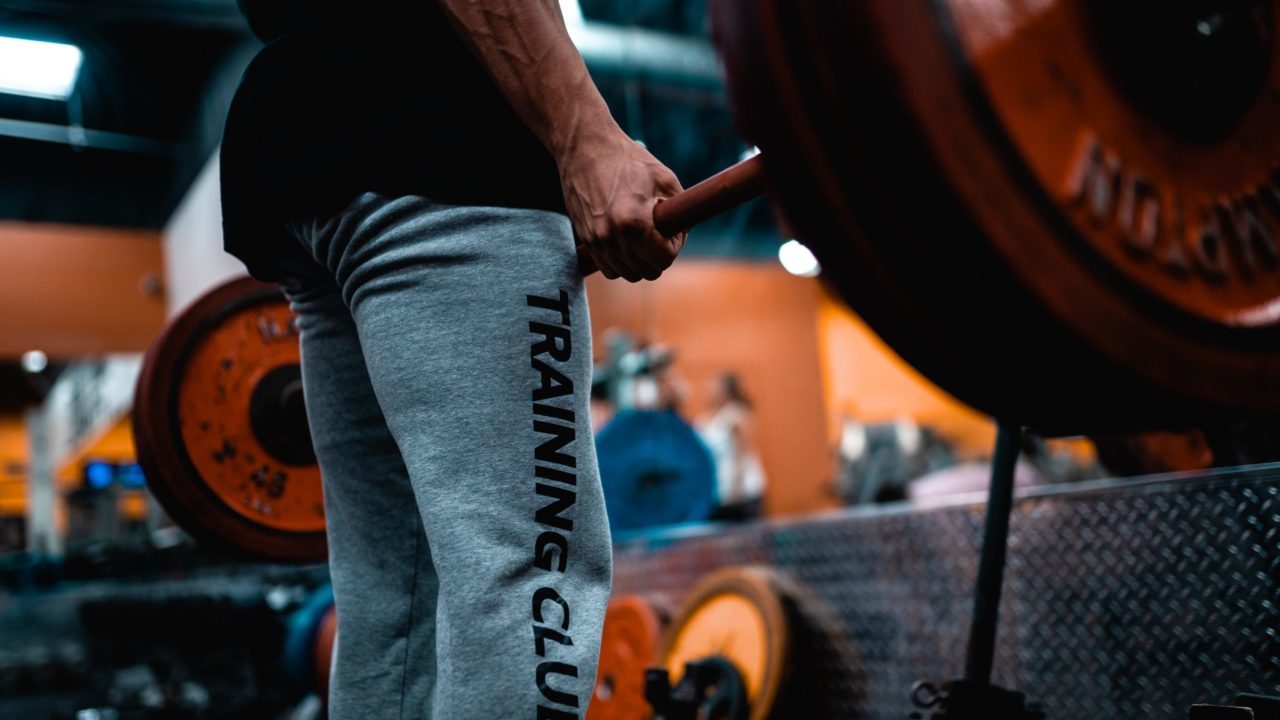How much can you lift? It’s an all-too common question but a more relevant query should be, How much can you lower? Bodybuilders have discovered that one of the most effective tools for increasing both muscle mass and power are negative reps. They allow you to load up the bar so it’s at 140% of the maximum weight used in normal training. This is possible because a muscle has greater strength resisting the downward movement of a weight than it does lifting it. How much greater? Well, a paper in The Journal of Strength and Conditioning Research found if you gave an exerciser a weight that was 90% of their maximum, they could lift it for 3-7 reps but could lower it for 4-11 reps. That’s a big difference that could build the brawn you need to burn more fat. This technique works because a muscle uses friction between the fibers as a handbrake that causes micro-tears in a muscle. Your body compensates for these micro-tears by adding extra muscle tissue and negative training causes a greater amount of micro-tears than the concentric or the positive portion of a lift.
For years, powerlifters have used negative training to add power to their three competition lifts with extreme success. Here’s how you can add this to your workouts to make sure you’re always improving.
Negative by name
Despite the name, there are actually several different types of negative training methods. Here’s a breakdown of the most popular versions that’ll yield the maximum improvements. Just make sure you have a spotter handy because these come with the do-not-try-this-at home label.
Negative focus
This training is very similar to standard training, but it works to slow down the negative portion of a rep to emphasize it. So instead of using a rep cadence of two seconds up and two second down, you’d slow down the negative to a four count. This results in a rep cadence of two seconds up and four seconds down.
Negative accentuated
This is done by lifting the weight with both limbs to a count of two and lowering to a count of eight with the left limb. You’d alternate between limbs on each rep and this is a great technique to use if training alone, but it is of course better to use a spotter if you have one to hand.
Negative only
Load the bar with a weight you can lower to a count of eight. Have your partners lift the bar or machine’s arms to the top and transfer the weight to you. Now take eight seconds to lower it and have your spotter lift it completely.
Forced negatives
Use a weight that’s slightly heavier than what you’d use for typical sets. Lift the weight; as you begin to lower it have your assistant apply additional pressure to give you added resistance.
How often?
If you overdo it you will most certainly over train and lose size and strength. For this reason it’s better to use negative training once every two to three weeks for each muscle group. You will give your body adequate recovery time and give a “shock” to your muscles the next time you use this technique. If you’re using it for fat burning then you can lower the intensity and perform it just once a week to build the strength and muscle you need to get leaner.
Negatives that burn and grow
These standard sets use both the lifting (concentric) phase and lowering (negative) phase which you can include in a fat-burning circuit or as part of your muscle-building routine.
Chest negative focus
Cable crossovers (1 x 12):
Do a normal set but focus extra attention on the negative portion by slowing the rep cadence down during the negative phase. Use a rep cadence of 2/8. Rest 30 seconds.
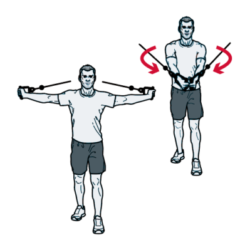
Decline dumbbell bench press (1×10 reps):
Focus extra attention on the negative portion by slowing the rep cadence down during the negative phase. Use a rep cadence of 2/8. Rest 30 seconds.
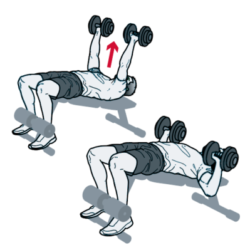
Chest negative accentuated
Machine bench press (1 x 8 reps):
Resist the downward motion exclusively with your left arm. Press both arms out and resist the descent of the weight with your right arm.
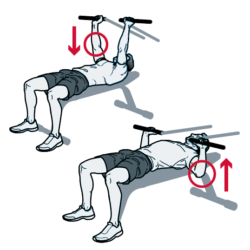
Seated machine dips (1 x 8 reps):
Complete this exercise in the same fashion at the machine bench press (left).
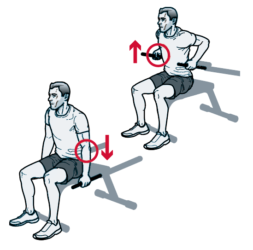
Chest forced negative routine
Incline dumbbell bench press (1 x 8 reps):
Use the max weight you can lift for eight slow reps each lasting eight seconds. Get your spotter to apply downward pressure to add more resistance.
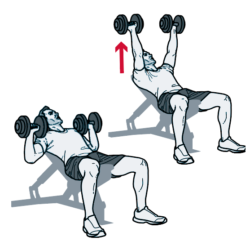
Standing bar dips (1 x 8 reps):
Use the same protocols as previous but get your partner to apply extra downwards pressure by pushing down on your body.
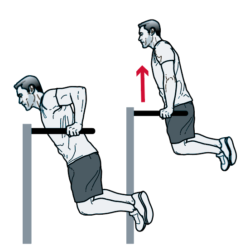
Chest negative routine
Machine bench press (1 x 8 reps):
Use the max weight for eight slow reps each lasting eight seconds. Your spotter should lift the weight and transfer it to the top of the movement.
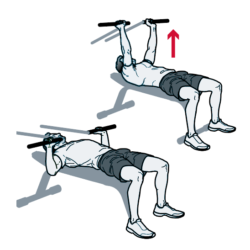
Peck deck flyes (1×8 reps):
Use the same lifting protocols as you would for the machine bench press.
